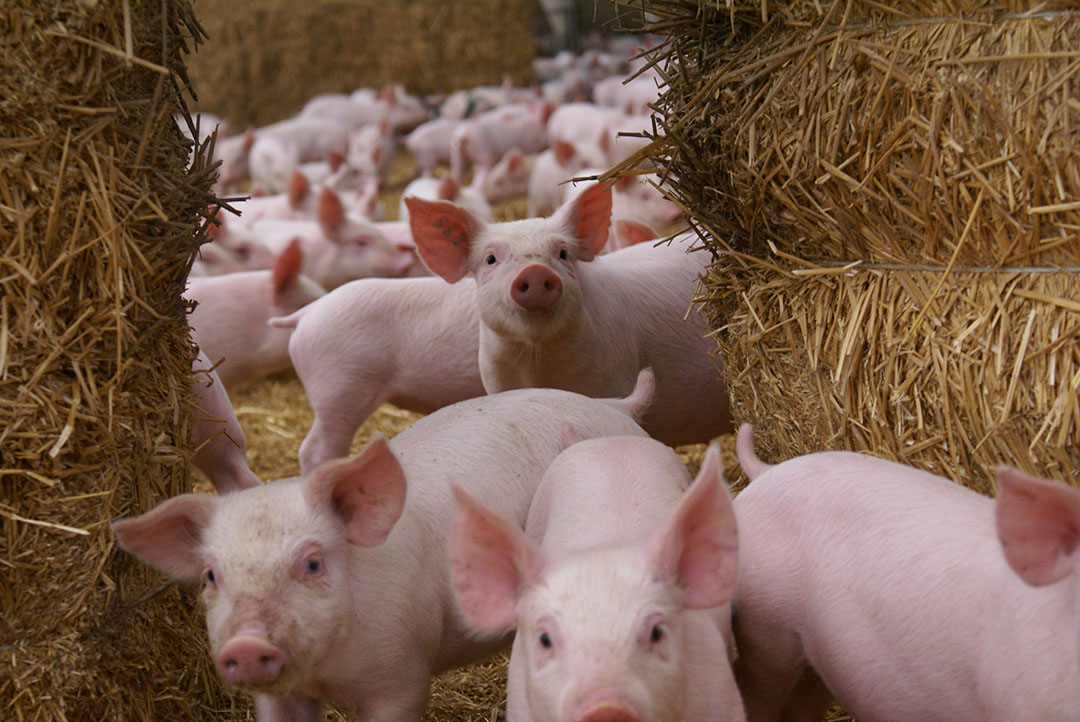US-China dispute and effects of ASF on feed

President Trump’s tariff rise on Chinese goods is adding more uncertainties to the continued US-China negotiations, having a significant impact on the agriculture market. Also African Swine Fever continues to hit China. As a result, feed consumption and corn and soy imports are decreasing.
This is according to the China Food & Agribusiness Monthly (May 2019), published by Rabobank. The effects are seen in different market segments.
Spreading of ASF
African Swine Fever (ASF) has spread all over the country. Pork and live pig prices showed a moderate increase and amid continued liquidation in the fear of disease infection, Rabobank expects pork prices to go up soon due to a fast-declining herd. Pork imports are more unpredictable given the uncertainly of the US-China trade talks. The spread of ASF is also depressing feed consumption, particularly pig feed. In the base scenario, Rabobank expects Chinese soymeal usage and feed corn usage to drop by 4% and 8% respectively in the calendar year 2019. This corresponds to 67 million metric tons of soymeal usage (86 million metric tons of soybeans that need to be crushed).
Effects on soybeans and corn
To the end of April, state-owned crushers, on behalf of the Chinese government, already booked 13-14 million metric tons of US beans. If trade tensions continue to escalate, additional procurement is expected to be halted. Meanwhile, around 7 million metric tons of US soybeans remain ‘outstanding’, which are booked but not yet loaded in ports. The ASF epidemic also has negative impacts on feed corn usage. Feed corn is the most important energy grain in China. Because the Chinese government still restricts the import of alternative feed grains, such as US sorghum, US DDGS and Australian barley, corn has a higher inclusion ratio in feed rations, partly offsetting the loss. China’s 2019/20 corn is entering planting season. In north-eastern China, as the provincial governments offer higher subsidies on soybean planting over corn planting, the corn plantation acreage is expected to decline in these areas.











